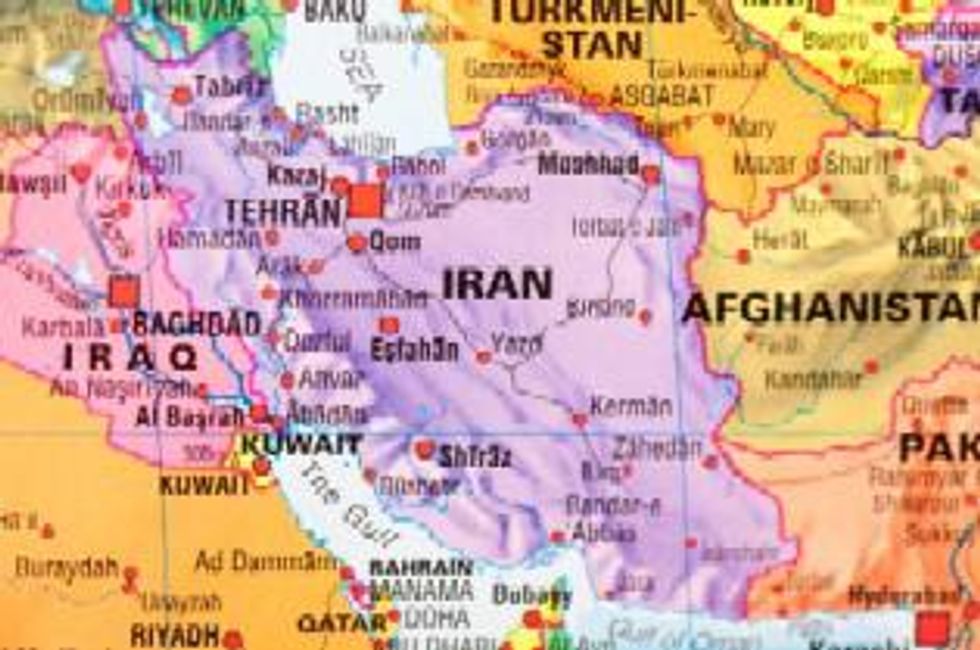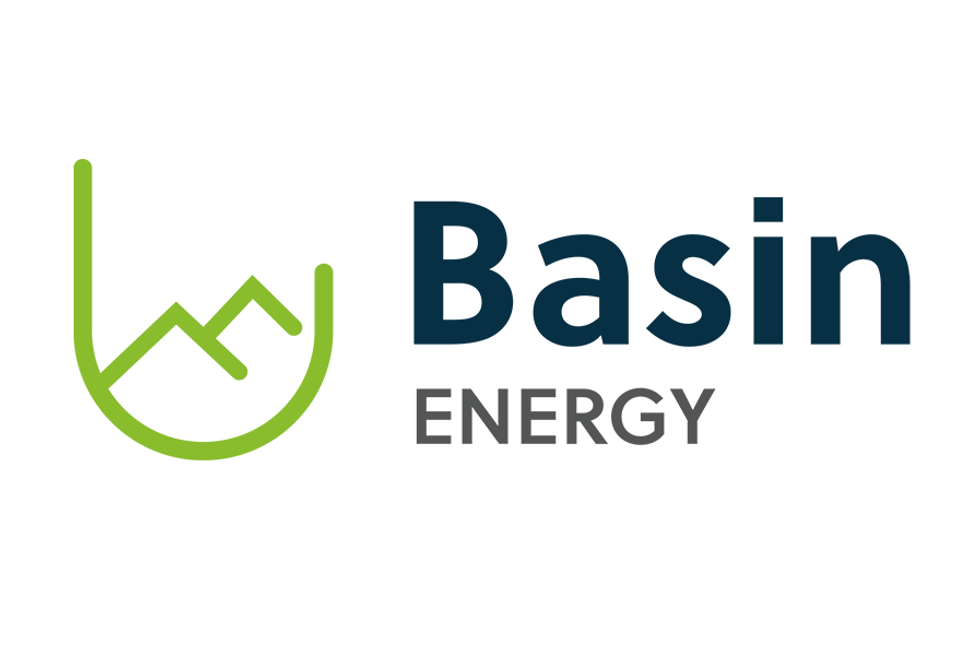Analysis from last November reported that Iran’s total low enriched uranium production was estimated to be almost 5,000 kilograms of low enriched uranium hexafluoride. If it is further enriched to weapons grade, this quantity of low enriched uranium is expected to be enough to make four nuclear weapons.
By Dave Brown – Exclusive to Uranium Investing News
Earlier this year the United Nations’ nuclear regulator, the International Atomic Energy Agency (IAEA) confirmed that uranium enrichment has begun at a nuclear facility in northern Iran. The Fordo uranium enrichment plant is located in a heavily defended bunker sunk into a mountain southwest of Tehran in Qom province and is reported to be capable of producing 20 percent enriched uranium.
An analysis of evidence of nuclear weaponization activities was provided by the Institute for Science and International Security last November. The analysis reported that Iran’s total low enriched uranium production was estimated to be almost 5,000 kilograms of low enriched uranium hexafluoride. If it is further enriched to weapons grade, this quantity of low enriched uranium is expected to be enough to make four nuclear weapons.
Uranium enrichment process
Generally speaking, uranium is enriched by either gas centrifuge or gaseous diffusion. The gas centrifuge process has been broadly employed in the European nuclear industry for about 30 years to enrich uranium for the commercial nuclear power market. The process uses a large number of rotating cylinders interconnected to form cascades. The uranium hexafluoride gas is placed in a cylinder, which is rotated at a high speed. The rotation creates a strong centrifugal force, drawing more of the heavier gas molecules toward the walls of the cylinder. At the same time lighter gas molecules aggregate closer to the center of the cylinder. Gaseous diffusion relies on the flow of gas through small holes; the separation effect arising from molecular effusion.
Iran’s perspective
Iran has maintained that its nuclear program is peaceful, but that as a member of the Non Proliferation Treaty it has an inalienable right to peaceful nuclear energy. Iran also claims that it was required to resort to secrecy after United States’ pressure caused several of its nuclear contracts with foreign governments to fall through.
Global security threat
Dr. Ivan Oelrich, Senior Fellow for the Strategic Security Program of the Federation of American Scientists explained the challenge of a global security threat of Iran’s nuclear program to Uranium Investing News, “that answer would […] really include two parts. The first relates to the consequences of Iran’s getting a nuclear weapon and I think that is highly uncertain. The other part might be: What are the implications of this one case for the general question of nuclear proliferation? I think that is an important point that we lose track of if we focus too closely on the specific case of Iran. When thinking of a solution for the Iran problem, we should be thinking of universal solutions to the global proliferation problem because we can be certain that Iran is not going to be the last troubling case.”
Remaining questions
One outstanding concern is Iran’s capability to make a nuclear explosive device based on what it learned through the development of its nuclear fuel cycle and uranium enrichment activity. The IAEA evaluated this in a 2009 working document that was never published. The working document indicated that, based on its evidence, “Iran has sufficient information to be able to design and produce a workable implosion nuclear device based upon highly enriched uranium as the fission fuel.”
Dr. Oelrich also focused on this, “There is absolutely no technical difference between enrichment from 0.71 percent to 5 percent than there is from going from 5 percent to 90 percent, so they can do that.” Additional issues might depend on “being able to reduce to uranium metal and being able to machine uranium metal, but I believe everyone considers those to be the lesser technical challenges.”






